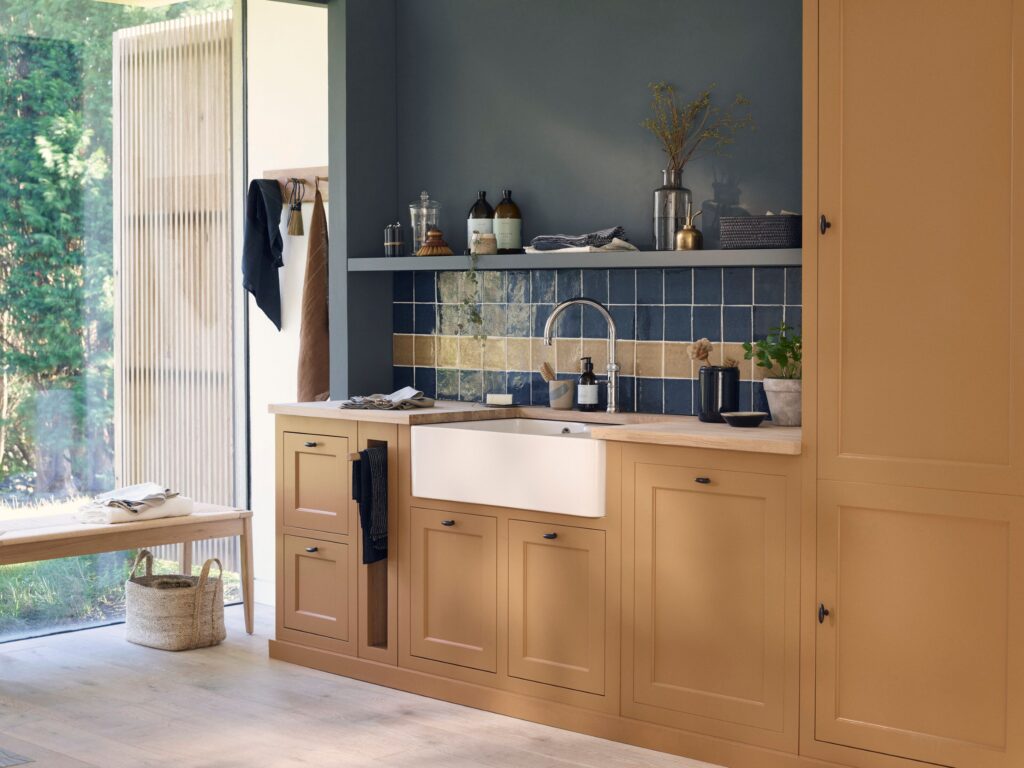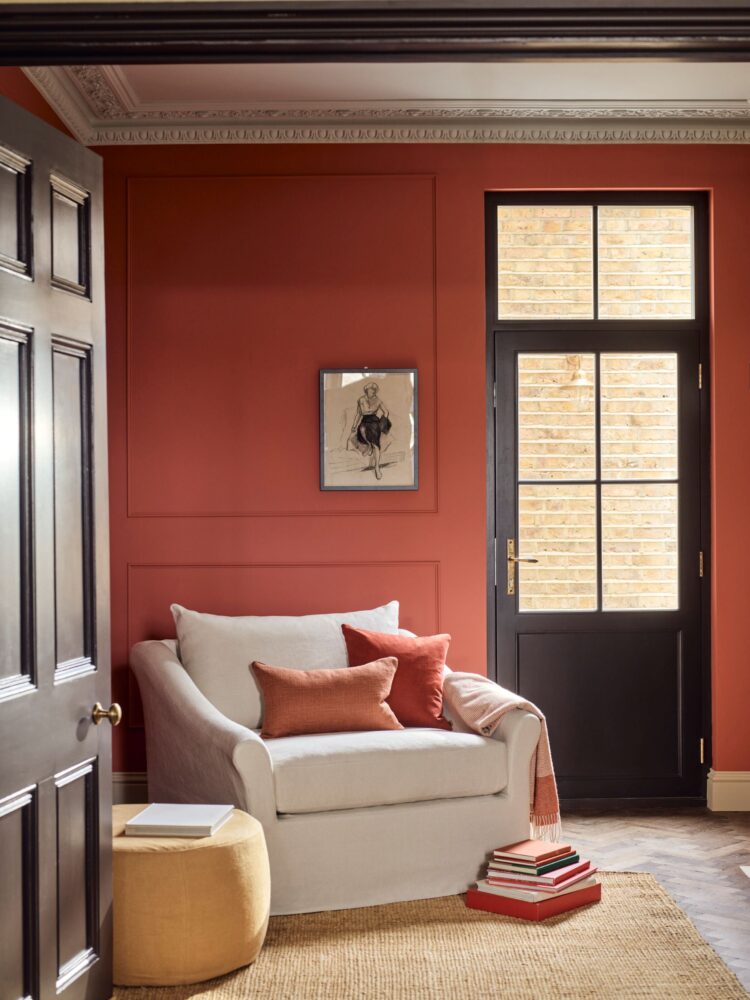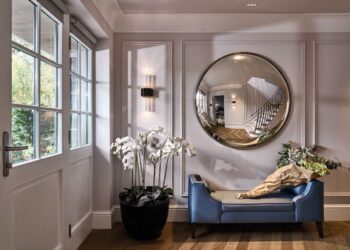As we come into autumn, an interiors expert explores why leaning towards bold colours can be about more than just changing trends
There are lots of reasons to introduce bold new colours into your home, so if you have found yourself drawn to richer, braver colour palettes in recent times, there may be more to it than a simple desire for a change of scene from milky pale walls.
“Colour trends tend to be cyclical: periods of colour restraint are often followed by bold experimentation,” says cultural historian, author and colour expert, Kassia St Clair.
“So, for example, people coming out of times of enforced restraint or fear – precipitated by economic downturns, wars, environmental disasters, or outbreaks of disease – generally respond by being braver with fashion and interior choices.”
And while we might subconsciously lean towards colour as a reaction to the world around us, we also respond to colour on an emotional level.
The psychological effects of different colours
Soft pinks feel nurturing, while stronger tones such as rhubarb red or chestnut feel enveloping and warm. Dark blues like navy are associated with peace, and dark greens promote a sense of balance.
Browns suggest comfort and relaxation and darker shades can feel luxurious, while ochre shades like saffron or mustard relate to optimism, energy, and sophistication.

How to inject brave new colour into your own home
It can be easier to be bold in lesser used areas, so leading interior design house, Neptune, recommends starting small with a powder room, pantry or utility room.
Build up a mood board over a period of time – collect together ideas, swatches, samples and photos of things that catch your eye. After a few weeks spent going through this process, common threads start to emerge which can then lead you towards a scheme for your space.
When in doubt about using – and combining – colour, they recommend applying the 60-30-10 decorating ratio. The principle advises that 60% of a space is dedicated to your main colour, 30% to your secondary colour, and 10% to your accent colour.
Try before you buy
Introduce a large sample of your chosen colour into your space by painting a couple of pieces of A3 paper, for example, and live with it for a few days, observing how the colour changes in different lights.
If it doesn’t make you feel good and enhance the room, then consider dialling the intensity of the shade up or down. Just because it doesn’t work out straight away doesn’t mean it won’t look great in the end.
“Brave colour choices are part of a natural human celebration of life and all that it has to offer,” says Kassia.
So, push yourself out of your comfort zone, take a chance on a new colour scheme and dare to make the odd mistake. It could be the best decorating decision you ever made.








